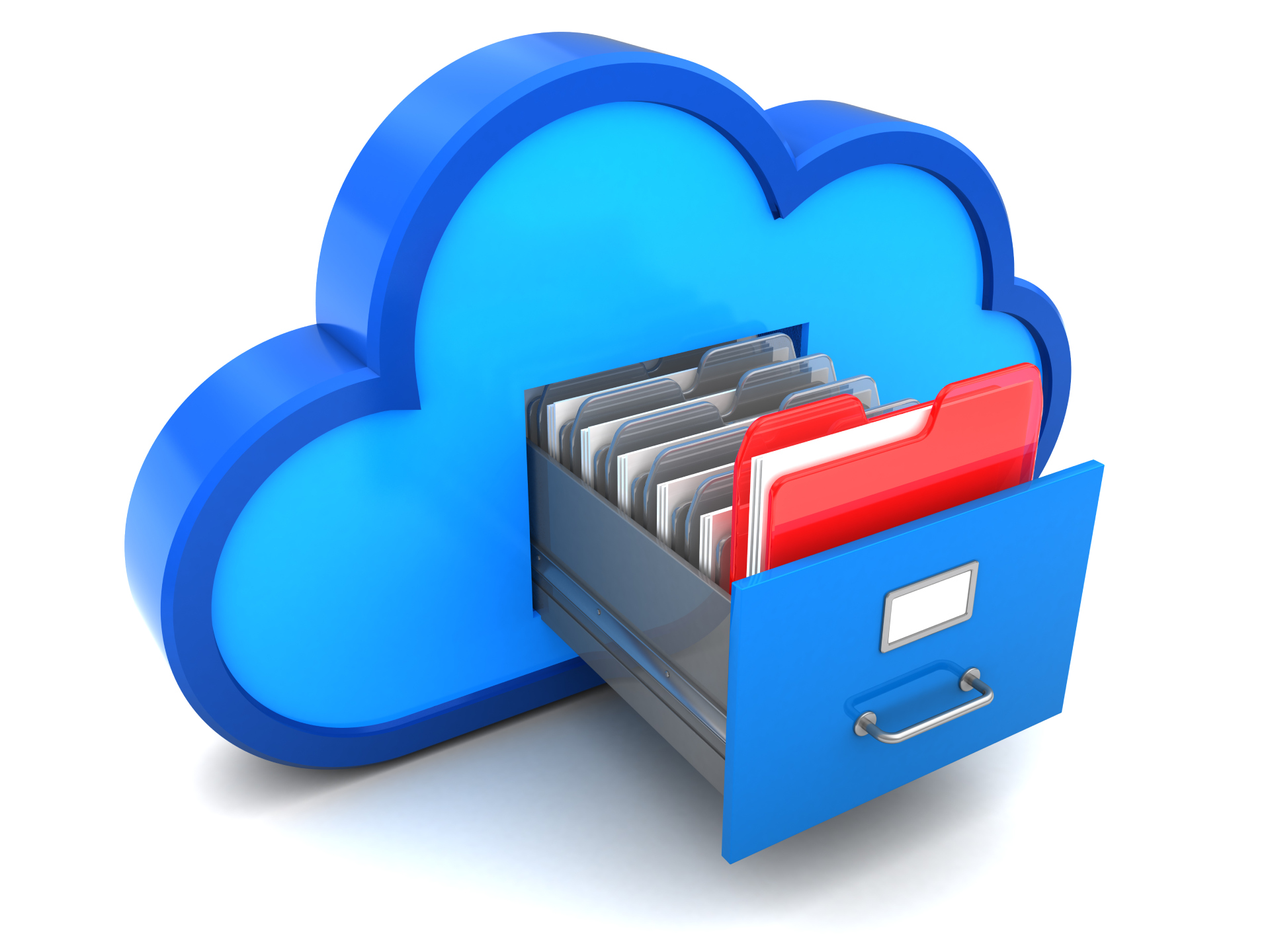We create an exact copy of the entire system, including all data and applications. This type of backup is ideal for companies with complex IT infrastructures that need to be restored quickly in case of a disaster
Service Types
Full Backup Solution
Incremental Backups
Only save changes made since the last backup was taken. This approach reduces storage space required but may increase restore times as multiple backups will need to be pieced together in case of a complete failure.
Cloud-Based Backup and Recovery Services
These services allow you to store your data remotely on secure servers managed by a service provider. They also provide options like automated backups, easy access from any internet-enabled device, scalability based on business needs, and more advanced security measures than traditional file servers.
Businesses can opt for Disaster Recovery Services (DRS) that focus on restoring IT infrastructure after natural disasters or other catastrophic events such as cyberattacks or power outages. DRS providers offer comprehensive support ranging from planning & testing to continuous monitoring & maintenance ensuring minimal downtime if systems go down during any unforeseen circumstances

What is Backup and Disaster Recovery?
Backup and disaster recovery (BDR) is the process of creating and storing copies of your important data to protect it from loss in case of a disaster. Disaster can come in different forms, including natural disasters like storms or earthquakes, cyberattacks, human errors, or hardware failures.
A backup is an exact copy of your data stored on a separate device or location. It ensures that you have access to all your critical data even if there’s a problem with the original source. Backups can be done manually or automatically at scheduled times.
Disaster recovery involves restoring your systems and applications after they are affected by a disaster. The goal is to minimize downtime and restore normal operations as quickly as possible. This may involve deploying backups onto temporary servers until primary systems are restored.
Having a solid BDR plan helps businesses maintain business continuity even when faced with unforeseen circumstances that could otherwise cripple their operations. A well-planned BDR strategy should include regular testing and updating to ensure that it remains effective over time.
How to Choose a Backup and Disaster Recovery Solution
When choosing a backup and disaster recovery solution, there are several factors to consider. First, think about the specific needs of your business; what type of data do you need to protect and how critical is it? Consider the frequency of backups that will be required and your recovery time objectives.
Next, evaluate the different types of backup solutions available such as local or cloud-based options. Local solutions can offer faster restore times but may not provide enough off-site protection in case of a major disaster. Cloud-based solutions on the other hand can offer more flexibility and security in terms of data replication.
Make sure any chosen solution fits within your budgetary constraints while still providing adequate levels of protection for your organization’s critical data assets. By taking these steps into account when selecting a backup and disaster recovery solution, you’ll ensure that your organization has reliable access to its information in even the most challenging circumstances.
